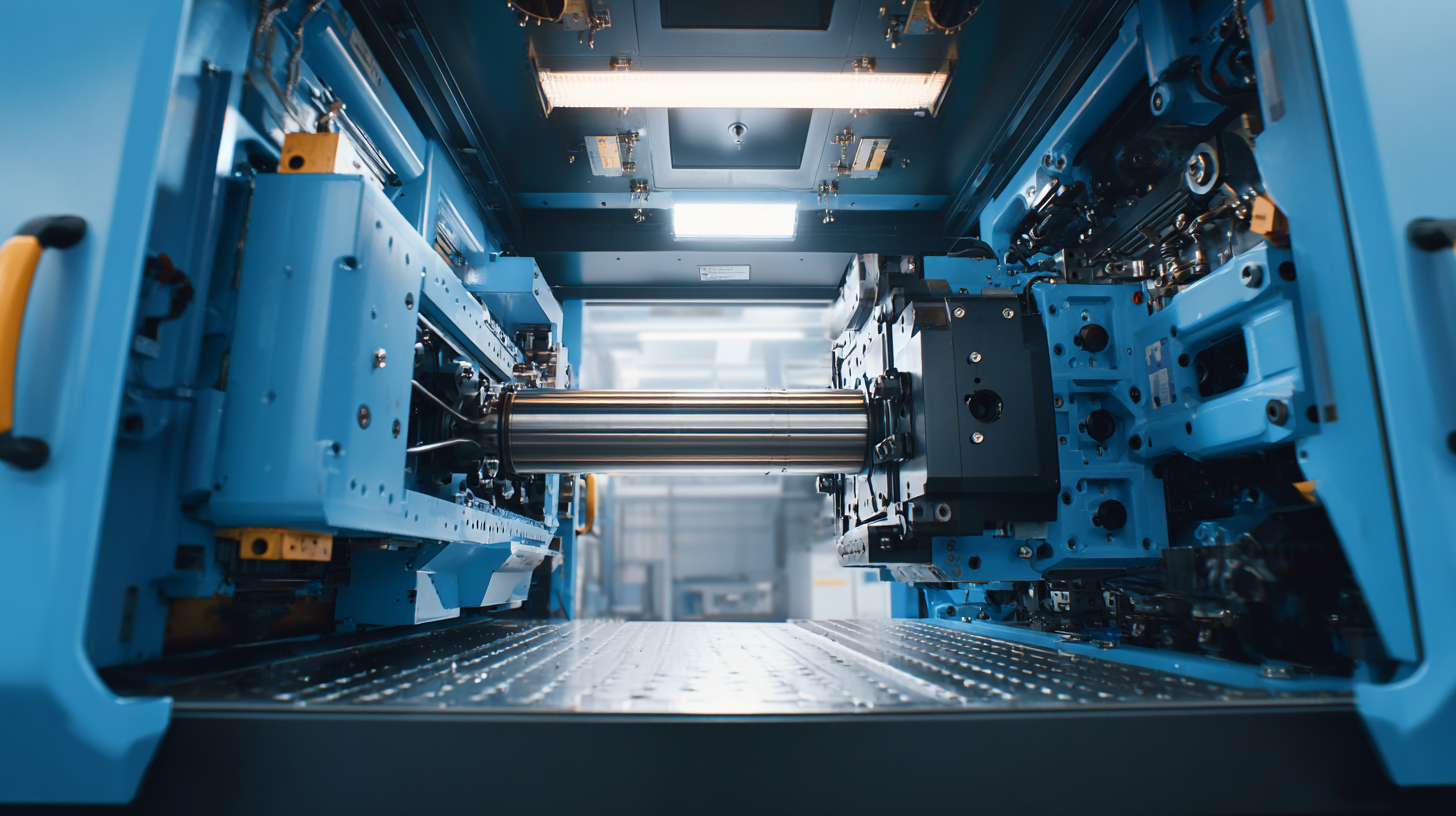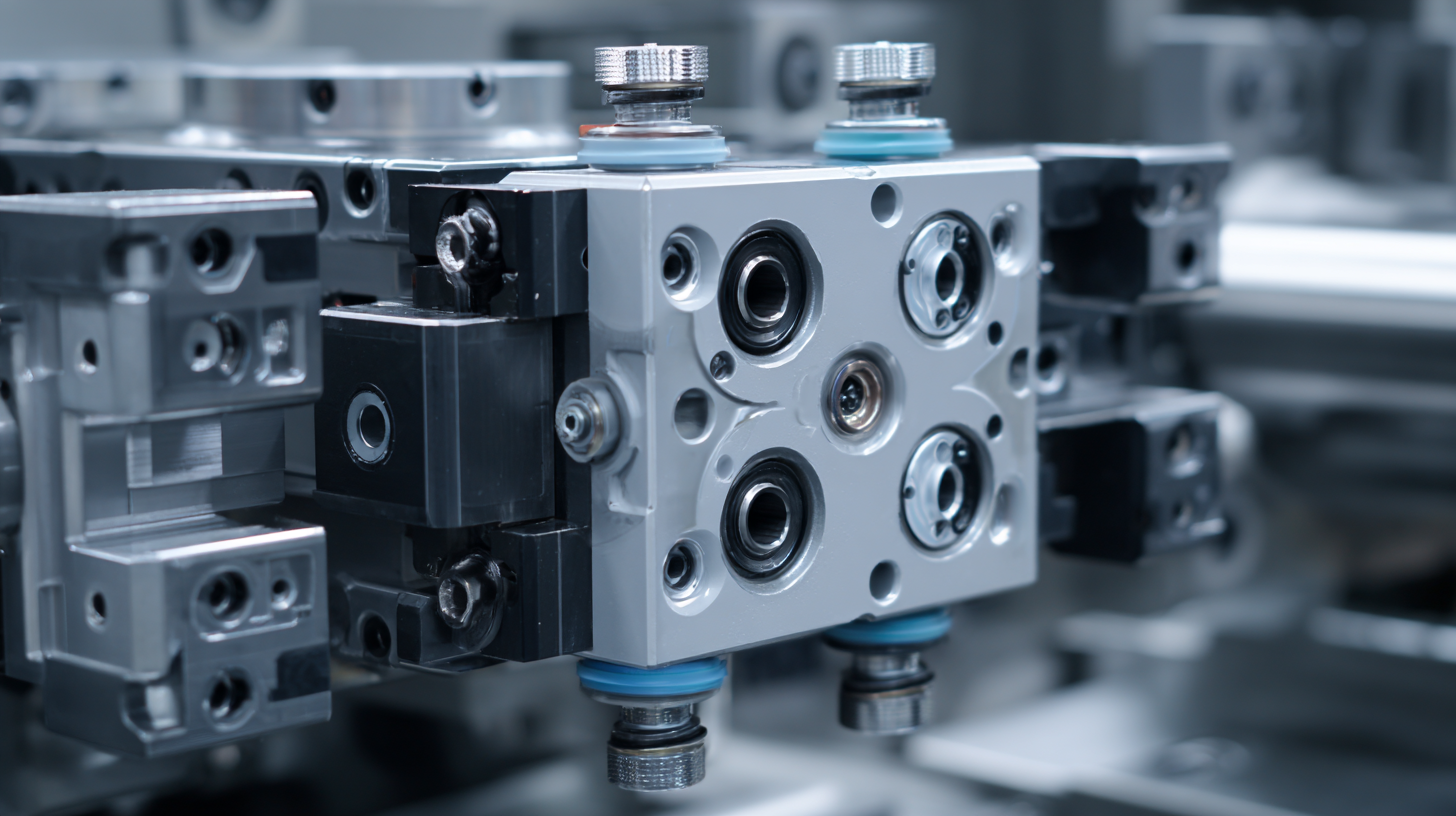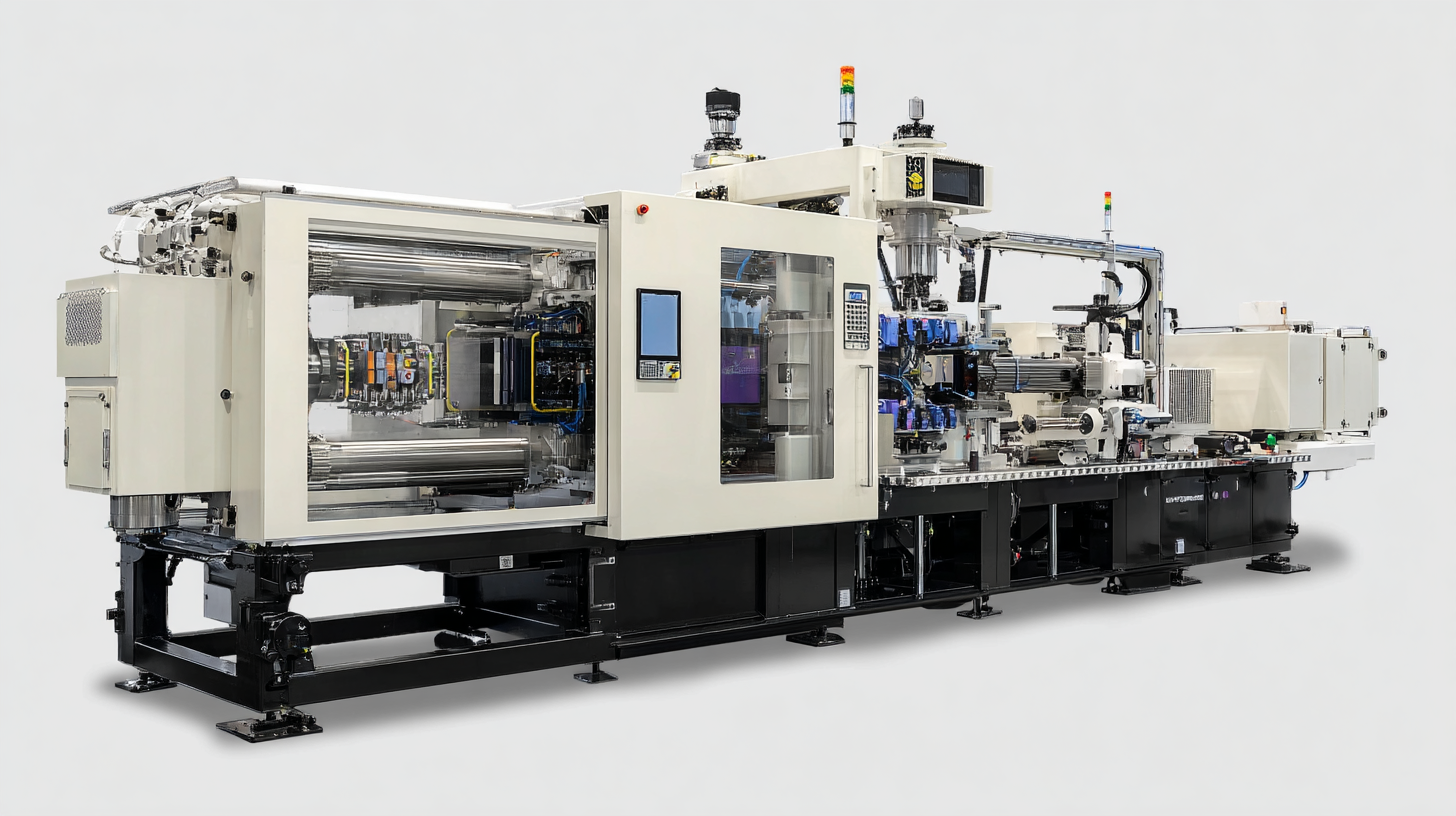
In recent years, the injection molding tooling industry has witnessed significant technological advancements aimed at enhancing efficiency and precision in manufacturing processes. According to a recent report by MarketsandMarkets, the global injection molding market is expected to reach $335 billion by 2025, driven by increasing demand for lightweight and durable materials across various sectors, including automotive and consumer goods. As companies strive to optimize production and reduce costs, tailored solutions for injection molding tooling have become essential.

These solutions not only improve cycle times but also enhance the overall quality of the molded products. By focusing on innovative techniques and leveraging data analytics, manufacturers can achieve exceptional tooling efficiency, ensuring they remain competitive in a rapidly evolving landscape. This blog will explore the key technology trends for 2025 and provide a comprehensive guide to enhancing injection molding tooling efficiency through customized strategies.
When choosing an injection molding manufacturer, it's crucial to navigate the complex landscape of options to find a partner that aligns with your project's specific needs. One of the first key factors to consider is the manufacturer's experience and expertise in the industry. A manufacturer with a proven track record demonstrates not only technical proficiency but also an understanding of diverse material properties and the intricacies involved in the injection molding process. This experience can translate into more efficient production cycles and superior final products.

Another important aspect is the manufacturer’s technological capabilities. Advanced machinery and tooling technology can significantly impact efficiency and precision in molding. Look for manufacturers who invest in state-of-the-art equipment, as this often results in reduced lead times and enhanced quality control. Additionally, examining their prototyping and testing processes can provide insight into their commitment to innovation and product development, ensuring that your product meets market demands and maintains high standards of quality from the outset.
Ultimately, careful consideration of these factors will help streamline your selection process and lead to a more successful partnership in injection molding.
When considering injection molding tooling efficiency, evaluating manufacturing credentials is paramount. Certifications and industry standards serve as benchmarks that reassure clients of a supplier's competence and commitment to quality. It's essential to look for certifications such as ISO 9001, which indicates a robust quality management system, and ISO 13485 for medical device manufacturing. These certifications not only reflect a company's operational capabilities but also their adherence to international quality norms, which can significantly influence the reliability and performance of the tooling produced.
Tips: When selecting a supplier, conduct thorough research on their certifications. Request documentation to verify their compliance with industry standards. Furthermore, consider engaging with industry peers for recommendations, as firsthand experiences can provide invaluable insights into a company's actual performance.
Additionally, staying informed about evolving industry standards can give you a competitive edge. Regularly review updates from relevant bodies such as the American National Standards Institute (ANSI) or the International Organization for Standardization (ISO) to ensure that your suppliers consistently meet the latest requirements. This proactive approach not only enhances your tooling efficiency but also helps maintain high-quality production standards.
In the competitive landscape of injection molding, achieving cost efficiency while maintaining exceptional quality is crucial for manufacturers. According to a report by the Plastics Industry Association, the cost of mold production can account for up to 30% of the overall manufacturing expenses. This underscores the importance of balancing quality and affordability when investing in tooling. Advanced technologies, such as computer-aided design (CAD) and computer-aided manufacturing (CAM), have enabled companies to optimize their mold designs, resulting in reduced material waste and lower production costs.
Moreover, a study by the Society of Plastics Engineers highlights that adopting a tailored approach to mold design can improve production efficiency by up to 40%. Custom solutions allow for precise engineering that fits specific production needs, significantly reducing cycle times and promoting quicker market responsiveness. By investing in high-quality materials and innovative designs, companies can achieve a competitive edge without compromising their budget, leading to sustainable growth in the injection molding sector. This strategic alignment of quality and cost not only enhances product performance but also maximizes profitability in an increasingly cost-conscious industry.
In the ever-evolving world of manufacturing, advanced technologies play a pivotal role in enhancing the efficiency of injection molding tooling. Traditional approaches often encounter limitations in speed and precision, necessitating the integration of cutting-edge solutions. Technologies like automation, artificial intelligence, and real-time monitoring systems empower manufacturers to optimize tooling processes. Automation minimizes human error, while AI algorithms analyze production data to predict and prevent potential issues, thus ensuring a smoother workflow.
Moreover, the adoption of smart sensors and IoT devices allows for continuous feedback during the molding process, enabling manufacturers to make real-time adjustments. This level of responsiveness not only improves product quality but also significantly reduces downtime. By leveraging 3D printing in creating tooling patterns and prototypes, companies can expedite the design phase and lower costs while maintaining high-quality standards. As these advanced technologies continue to shape the industry, the drive for tailored solutions becomes essential for achieving exceptional tooling efficiency in injection molding.
| Technology | Efficiency Improvement (%) | Application Area | Implementation Time (months) | Cost Savings (%) |
|---|---|---|---|---|
| 3D Printing of Molds | 30 | Rapid Prototyping | 6 | 20 |
| Simulation Software | 25 | Process Optimization | 4 | 15 |
| IoT Sensors | 40 | Real-time Monitoring | 2 | 30 |
| Advanced CAD/CAM | 20 | Design Efficiency | 3 | 10 |
| Artificial Intelligence | 35 | Predictive Maintenance | 5 | 25 |
The future of injection molding solutions is intricately linked to the evolving landscape of various industries, particularly in the realm of composite materials and semiconductors. According to market projections, the global composite materials market is anticipated to grow from $88.98 billion in 2024 to an impressive $162.66 billion by 2032, marking a compound annual growth rate (CAGR) of 7.8%. This surge indicates a robust demand for tailored injection molding tooling solutions that can accommodate the unique requirements of these advanced materials.

Moreover, the growth of the IC tray market, closely tied to semiconductor advancements, exemplifies the need for efficient and innovative manufacturing solutions. As the semiconductor industry continues to evolve, the demand for sophisticated IC trays will drive manufacturers to adopt advanced injection molding techniques, ensuring they stay ahead in a competitive market. Both the composite and IC tray sectors highlight the necessity for customized solutions that enhance tooling efficiency, allowing manufacturers to meet stringent specifications while maintaining productivity.
Copyright © 2025 The Toolroom Inc. All Rights Reserved.
Website Design St Louis by IQComputing